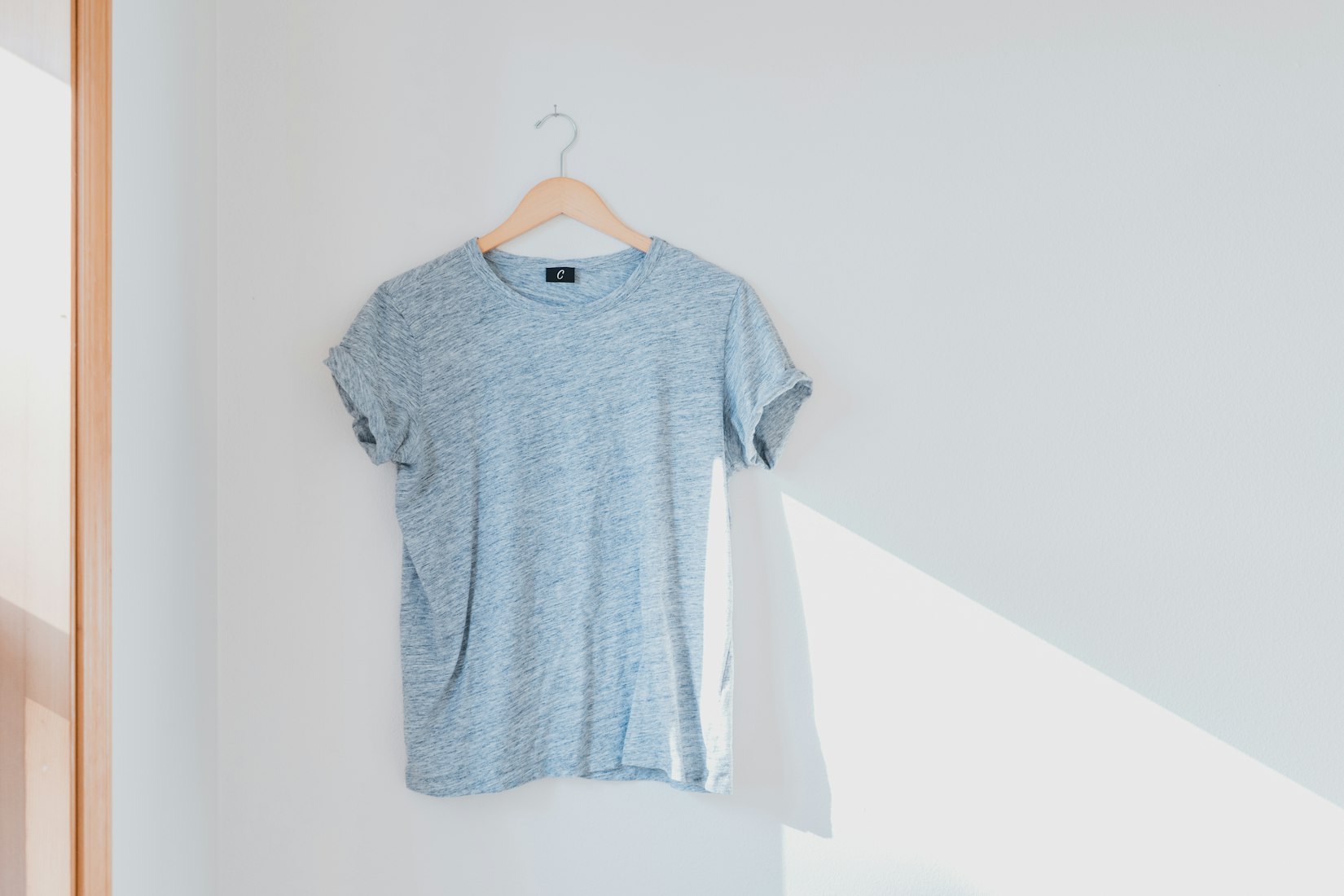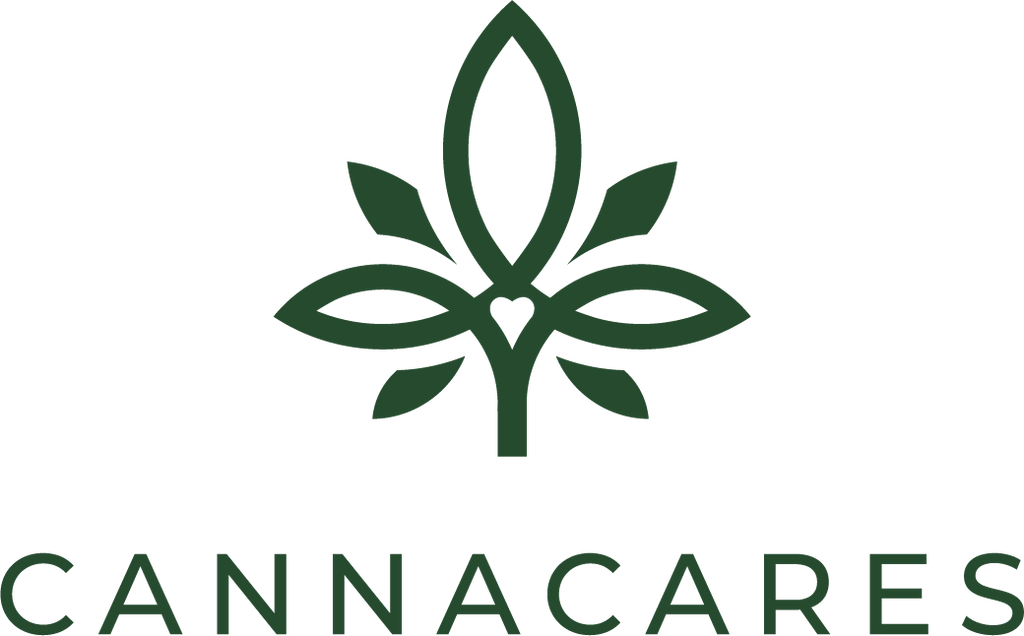How is CBD Oil Made and Extracted?
Posted by Lewis Olden on
CBD oil is most often a derivative of low THC strains of Cannabis Sativa, commonly known as hemp. The Cannabis Sativa plant is grown to reach maturity then harvested, air dried and then filtered down into fine hemp components.
From these components the cannabinoids and the plant nutrients are extracted from the material. The extractions are combined with a carrier oil such as hemp seed oil or MCT oil. There is also an extremely interesting carrier oil called Verisorb, which is a patented carrier oil. Verisorb utilises patented technology to assist in the absorption process and enhance the dissolution of the carrier oil. Verisorb has been granted patents in the US and throughout many other jurisdictions. Once the carrier oil is added the oil is bottled and each batch of products undergoes scientific analysis to assess the quality and purity of the CBD products.
Every manufacturer and CBD company has its own processes for each stage of the process. The specific method that is chosen at each stage of this process will determine the quality and purity of the final CBD oil and the levels of cannabinoids that are contained within the oil.
The Cultivation Process
The CBD oil production process begins with choosing the appropriate strain of hemp, the genetics of the plant are a critical factor in the quality of the final product. Typically, cultivators search for legal hemp strains that have an existing track record of producing high levels of the desired cannabinoids. One of the better hemp strains is rich in such cannabinoids as CBD, CBDa and low in THC. The low level of THC keeps the product legal and prevents it from producing the psychological effects often associated with cannabis.
Cannabis Sativa can be grown direct from a seed, but some cultivators elect to use cloned sections of the plant tissue. This is because cloning allows for the quick production of large numbers of identical plants. This allows farms that elect to use cloning to ensure that the quality of each plant is guaranteed.
The CBD Extraction Process
Once hemp plants mature, they are then harvested and hung out to dry. The dried hemp is milled to create a fine powder with a texture similar to grounded coffee. CBD can be extracted from this raw hemp in several manners. Supercritical CO2 extraction is regarded as the gold standard method of extraction CBD, but there are also negative aspects to electing to use this method.
The butane/solvent method
There are several options to using a solvent method to extract the CBD. The options consist of using alcohol, butane and other hydrocarbons like hexane and propane. Solvent extraction was innovated in the 1960s and was initially discovered to remove excess metals from iron ore. When used to extract CBD, the solvent is passed through finely ground hemp. The solvent dissolves the fats and nutrients and leaves the fibre and cellular materials behind.
Once the waste is filtered out, the resulting mixture is then heated inside a vacuum to evaporate the solvent leaving just the cannabinoids or targeted oils behind.
The Pros of Solvent Extraction
If the high percentage alcohol or hydrocarbon solvent is used, the quality of the resulting CBD oil will be high. The main benefit of solvent extraction is that it is cost effective and the solvents are cheap and very little specialised equipment is required.
The Cons of Solvent Extraction
Using solvent extraction can result in a loss of around 10% of the cannabinoids. It is also one of the harsher methods available and can strip the raw material of chlorophyll and some plant molecules. This can mean that bitter, green oil is produced instead of the smooth, translucent oils that are more often the preference of suppliers and brands.
The main con of using solvent extraction is the risk of toxic residue from the solvent itself and it may remain in the extract. Small amounts of the solvent have actually been discovered in some oils made with this method. Solvent extraction can be conducted without hazard but without the appropriate safety standards, it can be extremely dangerous.
Solvent extraction can produce an oil that contains substances present in the original plant material. Heavy metals, polycyclic aromatic hydrocarbons and pesticides are often present in the soil and can build up in the Cannabis Sativa plant. Polycyclic aromatic hydrocarbons have been proven to accumulate CBD oils and are definitively carcinogenic. There other extraction options that are more efficient at causing a reduction in the containments level in the final oil.
The CO2 Extraction Method
The CO2 extraction process is carried out using cutting edge industrial equipment to remove the required cannabinoids from raw plant matter. Extracting CBD using the CO2 extraction method is widely considered to be the optimal method throughout the CBD industry. However, it is also the costliest method of extracting CBD.
Initially the plant material is compressed at a low temperature and then the supercritical CO2 passes through it. Supercritical CO2 is held at a temperature and pressure above its standard critical state, this means that it transforms into a liquid and then acts as a solvent.
The elite level of supercritical CO2 extraction is used to remove almost all traces of THC. An extract is then produced with the lowest levels of THC, this process takes more time and is significantly more expensive. When completed effectively, it results in a product with 0% of THC within the final product.
The Pros of CO2 Extraction
It has been long established that CO2 is known to be safe for humans to consume and is often used by food and drink conglomerates in fizzy drinks. This extraction method is widely regarded as the most effective way to deliver the highest yields of cannabinoids.
It creates pure oil and has a minimal risk of contaminants. The process involves no harmful chemicals which means that there is zero risk of harmful residues being contained within the finished product.
The Cons of CO2 Extraction
The cost of renting or purchasing the equipment to carry out CO2 extraction is extremely expensive and often too expensive for individual use or for small companies looking to create new CBD formulas. CO2 extraction involves specialist equipment which has an initial cost of at least £30,000.
CBD Extraction with MCT Oil
The easiest manner in which to extract CBD involves steeping hemp grounds in natural plant-based oil and leaving the cannabinoids to absorb into it.
The raw material must be finely ground and decarboxylated and this converts the cannabinoids into the most active forms. For instance, cannabidolic acid is a precursor of CBD when decarboxylation occurs, CBDa then transforms into CBD.
Crude Extract Purification & Processing
Once a crude CBD extract is made, there are a few optional steps that are performed to ensure the product is ready for consumption.
Purifying via winterization is one commonly chose option. The high pressure or high temperatures in the initial extraction encourages a wider range of fatty acids, plat materials, chlorophyll, cannabinoids and terpenoids from the plant material. An optional process named winterization works to purify the extract and filter out the unwanted components. This is essential for almost all crude extracts unless the extract was created using low temperature ethanol extraction.
Winterization consists of mixing the CBD in 200 proof alcohol and freezing it for 12 hours. After the 12 hours has passed it is a cloudy mixture that is ready for filtration. This is done by running it through a paper filter into a jar. The alcohol is removed from the filtered end product through heating it as it evaporates. This is possible because alcohol has a lower boiling point than the oi.
Isolating CBD from unwanted compounds
The processing up to this point will provide a usable extract containing a full profile of cannabinoids and terpenes. The extract is ready to be used in the creation of end products for consumers.
Using distillation and chromatography, individual compounds are isolated or removed from the extract. Examples include CBD isolation via distillation or the THC removal through the process of liquid chromatography, this is how a broad spectrum product is made.
Formulating the Final CBD Oil
To turn the extract into CBD oil that is sold throughout the nation, it is merged with a carrier oil. This carrier oil then allows the producer to adjust the potency of the CBD and ensure that the bioavailability of the product is maximised. CBD oils can be formulated using an array of carrier oils such as hemp seed oil, MCT oil, coconut oil and patented carrier such as Verisorb.
Each carrier oil offers benefits of their own. MCT oil can provide an energy boost and deliver the CBD into the user’s bloodstream at a faster rate. Hemp seed oil can offer a combination of fatty acids.
Upon the addition of the carrier oil the CBD oil is then bottled, and a testing sample is taken from each batch is analysed by a third-party laboratory. The resulting analysis provides a guarantee of the quality of the oil.
Certificates of Analysis (CoA) will inform about the amount of each cannabinoid present in the final product. The best labs also present a terpene profile, heavy metal testing and a contaminant screening.
Conclusion
The extraction method used in the production of a final CBD product is a good indication of the quality of the final product. It is often advisable to research where a product’s hemp is sourced and the extraction methods they use.
Always feel free to enquire about where the raw material comes from and what extraction method is used.
Cannacares CBD products all use GAAP compliant hemp and the CBD contained in Cannacares products is extracted using supercritical CO2 extraction.








